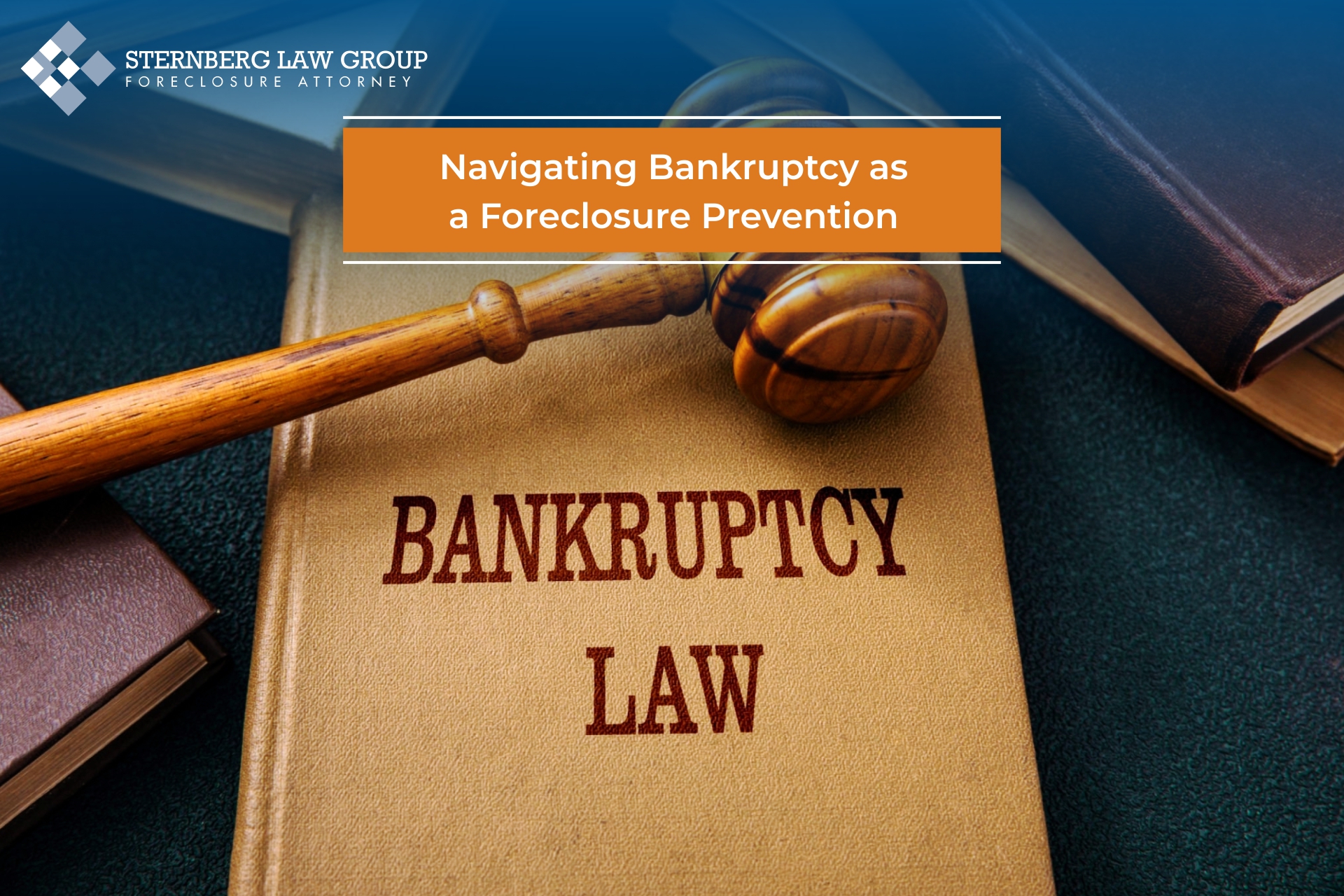
Facing the possibility of foreclosure can be a daunting and overwhelming experience, often leaving homeowners unsure of how to protect their homes and financial well-being. While many foreclosure prevention solutions exist, such as loan modifications and short sales, some homeowners may find that bankruptcy is the most suitable option in their specific situation. Although filing for bankruptcy is typically considered a last resort, it can provide relief and protection to homeowners in certain circumstances.
In this comprehensive guide, we will delve into the advantages and drawbacks of using bankruptcy as an alternative to foreclosure. The focus will be on the key aspects of filing for bankruptcy, its potential impacts on homeowners in financial distress, and crucial legal guidance provided by experienced foreclosure attorneys like Sternberg Law Group. By carefully examining the different aspects of bankruptcy as it relates to foreclosure, homeowners can make well-informed decisions about the best course of action for their unique situation.
Bankruptcy is a complex and often misunderstood process, and navigating it requires expert knowledge and guidance. Understanding the intricacies of bankruptcy and foreclosure can help homeowners make informed decisions about their financial future. With the help of specialized legal professionals like the attorneys at Sternberg Law Group, homeowners can explore the feasibility of bankruptcy as a foreclosure prevention option, and make the best decision to safeguard their homes and financial stability.
1. Understanding the Different Types of Bankruptcy for Homeowners
There are two common types of bankruptcy available to homeowners facing foreclosure: Chapter 7 and Chapter 13. Understanding the differences between these options is crucial when considering bankruptcy as an alternative to foreclosure.
Also known as liquidation bankruptcy, Chapter 7 allows for the discharge of an individual’s unsecured debts, such as credit card balances and medical bills. However, certain types of debt, including student loans and taxes, are not dischargeable. In some cases, a homeowner’s non-exempt assets may be sold by a bankruptcy trustee to pay off creditors. Chapter 7 Bankruptcy may temporarily delay foreclosure but doesn’t offer long-term protection for homeowners aiming to keep their homes.
Also known as reorganization bankruptcy, Chapter 13 is designed for individuals with a regular income who seek to restructure their debts into a repayment plan. This plan typically lasts three to five years and may result in the forgiveness of a portion of the debt. Such as Chapter 7, Chapter 13 Bankruptcy provides greater protection for homeowners by enabling them to make up for missed mortgage payments and avoid foreclosure throughout the repayment plan period.
To Know More About: How to Avoid Foreclosure in Orange County California
2. Pros of Filing for Bankruptcy as a Foreclosure Prevention Strategy
Several advantages make bankruptcy a viable option for homeowners seeking to prevent foreclosure:
3. Cons of Filing for Bankruptcy as a Foreclosure Prevention Strategy
Bankruptcy, however, has its drawbacks, and homeowners must weigh these carefully before deciding on this path:
4. The Importance of Expert Legal Guidance in Bankruptcy and Foreclosure Matters
Weighing the Pros and Cons of Bankruptcy as a Foreclosure Alternative
Filing for bankruptcy as a foreclosure prevention strategy is a complex decision that requires careful evaluation of its pros and cons. While bankruptcy may provide relief from overwhelming debt and, in some cases, protect your home, it is essential to consider the potential long-term consequences on your credit report and personal assets.
If you’re struggling to keep up with your mortgage payments in California, don’t wait until it’s too late to seek help. Sternberg Law Group’s foreclosure defense attorneys in California are here to protect your rights and help you keep your home. Reach us today to schedule a phone call and begin your journey to a beneficial financial future.